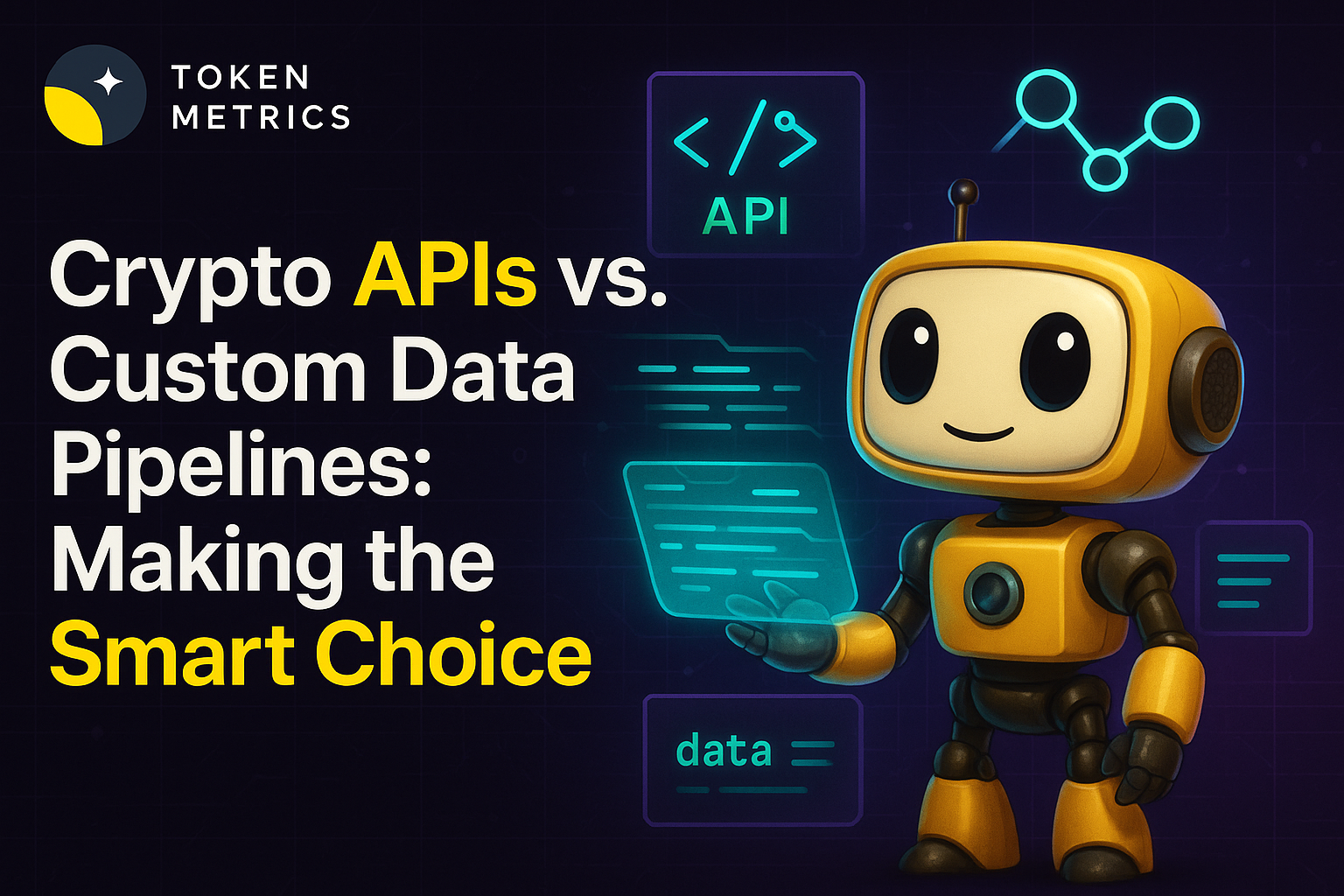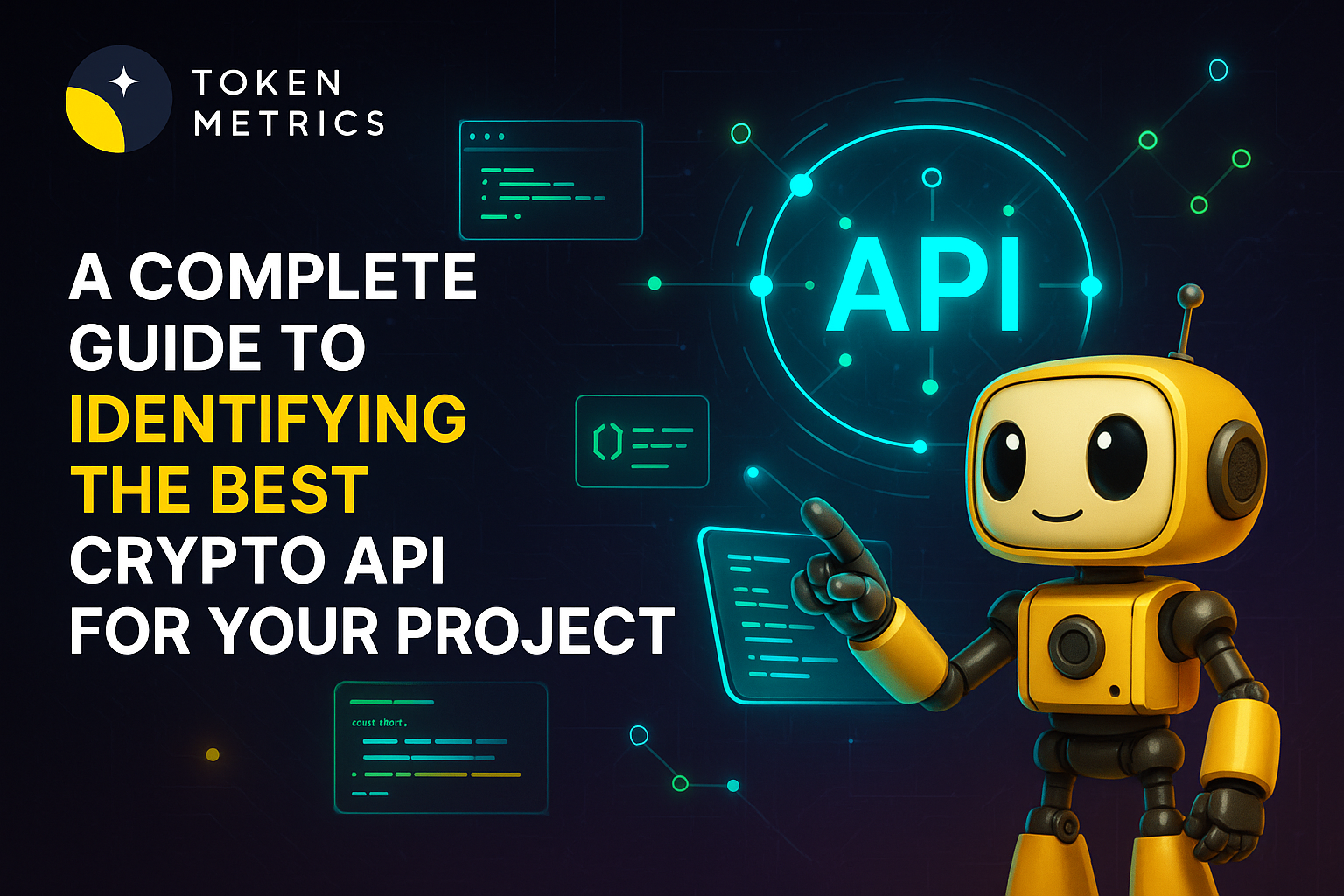Understanding Crypto APIs: How They Power Digital Asset Applications

In the fast-moving world of cryptocurrency and blockchain, the foundation for many apps, exchanges, and research platforms is built on one crucial technology: APIs. If you’ve ever wondered how crypto apps access real-time prices or how traders tap into automated strategies, the answer is often a crypto API. But what exactly is a crypto API, how does it work, and why is it so indispensable?
What Is a Crypto API?
An API, or Application Programming Interface, serves as a bridge allowing two software systems to communicate. In the context of cryptocurrency, a crypto API enables one platform (such as a website, trading bot, or analytical tool) to connect directly to blockchain networks, exchanges, and relevant databases. Developers and businesses use these APIs to access current market data, account information, blockchain analytics, or to execute operations such as placing a trade or transferring funds.
Crypto APIs are not exclusive to developers. Many common crypto services like portfolio trackers, news aggregators, and AI research tools all rely on APIs to source real-time data that users depend on every day. The use of APIs creates a standardized, efficient, and secure method for interacting with complex decentralized networks.
How Does a Crypto API Work?
The primary function of a crypto API is to enable seamless and structured requests between a user-facing platform and deeper data sources, such as exchanges or blockchains. Here’s how the process typically unfolds:
- Request: An application sends a request to the API endpoint, asking for data or action—such as fetching the price of Bitcoin or submitting a buy order.
- Authentication: Most APIs require an API key or other authentication to ensure requests are approved, secure, and rate-limited to prevent abuse.
- Response: The API processes the request and returns the data in a structured format—commonly JSON or XML. This data might include price information, transaction history, or on-chain analytics, depending on the endpoint used.
- Integration: The application interprets the returned data to update dashboards, trigger bots, display analytics, or facilitate user actions in real-time.
Many APIs provide both public endpoints (such as market summaries or blockchain explorer queries) and private endpoints (like trading or wallet balance checks, which require stronger authentication).
Types of Crypto APIs & Key Use Cases
The world of crypto APIs is broad, supporting a wide range of needs within the ecosystem. Here’s a breakdown of popular categories and their use cases:
- Market Data APIs: Fetch real-time and historical prices, order books, and trading volumes from multiple exchanges. Essential for portfolio trackers, charting platforms, and trading bots.
- Blockchain APIs: Access blockchain explorers, on-chain analytics, wallet information, and confirmation statuses. Used by analytics sites and token explorers.
- Trading APIs: Enable automated buying, selling, and order management on exchanges. Utilized for algorithmic trading and risk management platforms.
- Wallet APIs: Used to generate addresses, check balances, track transactions, and facilitate wallet interoperability across crypto services.
- AI & Analytics APIs: Deliver insights, machine learning signals, and complex data analysis—empowering users to make smarter research- and data-driven decisions.
These APIs underpin countless familiar crypto applications, from exchange mobile apps to AI-driven research platforms like Token Metrics.
The Technology Behind Crypto APIs
Under the hood, most crypto APIs are RESTful, meaning they use standard HTTP methods (GET, POST, PUT, DELETE) to simplify requests and responses. However, some advanced use cases—such as streaming price updates or high-frequency trading—leverage WebSockets or gRPC for real-time, low-latency communication.
Security and authentication are paramount. API keys, OAuth authentication, and IP whitelisting help safeguard sensitive user actions and financial data. Good API providers also implement strict rate limits to ensure performance and fairness among users.
Integration often takes place through SDKs (software development kits) in popular languages like Python, JavaScript, or Java—making it easier for teams to embed crypto functionalities within apps, websites, or even AI agents.
Benefits and Considerations for Using Crypto APIs
The advantages offered by crypto APIs are profound for both developers and end users:
- Efficiency: Instantly access a vast range of data without running your own blockchain node or data aggregator.
- Customization: Tailor dashboards, alerts, or AI models with specialized data streams to suit different project needs.
- Scalability: Easily add new features or exchange connections without major overhauls to existing infrastructure.
- Innovation: APIs unlock new possibilities, from real-time market analysis and automated trading to wallet integration, DeFi dashboards, and more.
However, there are important considerations to evaluate when choosing or building a crypto API solution:
- Reliability: Downtime or stale data can disrupt trading and user experience. Choose providers with established uptime records.
- Security: Store API keys securely and understand each endpoint’s permission scope to prevent unauthorized access.
- Compliance: Ensure APIs and data streams comply with relevant regional regulations and exchange terms of service.
- Cost: While some APIs have robust free tiers, advanced data, analytics, or high-frequency access may require subscription plans.
AI-powered crypto APIs, like those offered by Token Metrics, combine traditional market data with machine learning insights—unlocking deeper research capabilities for analysts, developers, and product teams.
Build Smarter Crypto Apps & AI Agents with Token Metrics
Token Metrics provides real-time prices, trading signals, and on-chain insights all from one powerful API. Grab a Free API Key
FAQs About Crypto APIs
What can you do with a crypto API?
A crypto API lets you pull real-time market data, access blockchain analytics, monitor wallet balances, automate trades, aggregate research, and power custom dashboards. Developers and analysts use APIs to save time, improve data accuracy, and unlock advanced features in their applications.
How do you get access to a crypto API?
Most crypto APIs offer a sign-up process where you’ll generate a unique API key. Popular providers like Token Metrics offer both free and premium tiers. Always follow the provider’s onboarding and security instructions when integrating with your software projects or research tools.
Are crypto APIs secure?
Reputable crypto APIs use industry-standard security protocols, such as HTTPS, API keys, and sometimes two-factor authentication or IP whitelisting. Users should store API keys securely and only grant the minimum required permissions for each application to minimize risk.
Which crypto API should you choose?
The best crypto API depends on your project’s needs. Consider factors such as supported exchanges, data refresh rates, reliability, available endpoints, support, and, when needed, AI or analytics features. Comparing providers based on usage requirements is recommended before integrating them into critical applications.
Can anyone use crypto APIs?
Most crypto APIs are open to developers, startups, and even individual hobbyists. However, some may restrict certain features or require KYC/AML processes for private account actions (such as trading or withdrawals). Always review the provider’s documentation and terms of service.
Disclaimer
This content is for informational and educational purposes only. It does not constitute investment advice, offer, or solicitation. Users should exercise caution and conduct independent research before using any API or crypto tool. No endorsement of any specific API or product is implied. Token Metrics is not responsible for third-party API usage or integration outcomes.
Create Your Free Token Metrics Account

.png)




%201.svg)
%201.svg)


%201.svg)










.svg)




.png)